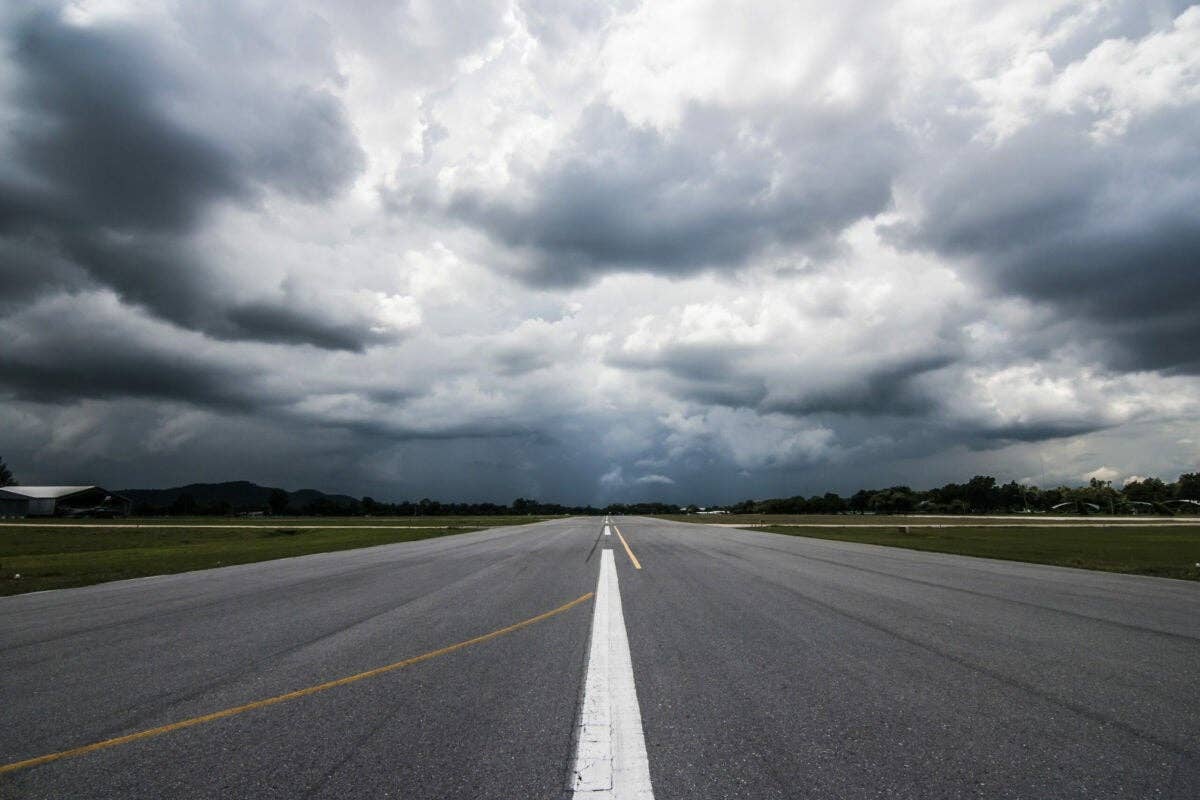
For pilots expecting never again to face a non-precision approach tied to a land-based navaid, we can confirm that rumors of the demise of the VOR have been greatly exaggerated.
In 2016, the FAA began eliminating many of the GPS overlay approaches tied to older VOR procedures ahead of plans to also eliminate a significant portion of the nearly 1,000 VORs operating around the United States.
But many VORs will remain to back up the GPS system. The minimum operational network the FAA created in case of a major GPS failure calls for approximately 300 VOR stations to stay active.
That means the VOR system will continue as a stable and accurate method of executing a non-precision approach for years to come.
Pilots who have spent much of the past decade hitting the “direct to” button on their GPS might find their VOR navigation skills a bit rusty if called upon to use them, hence our choice of a VOR approach this month.
While GPS makes many instrument procedures easier, simply avoiding ground-based non-precision approaches only further erodes the ability to access an important tool in an unexpected but critical scenario.
The CCR VOR Runway 19R belongs to Buchanan Field in Concord, California, northeast of San Francisco. While this approach isn’t particularly tricky, it includes a number of notes that could catch even a seasoned pilot.
Pay special attention to the notes that are, in places, rather cryptically located, like the one that mentions the DME requirement. Also note the terrain south of the airport and the nearby obstacles.


Sign-up for newsletters & special offers!
Get the latest FLYING stories & special offers delivered directly to your inbox






